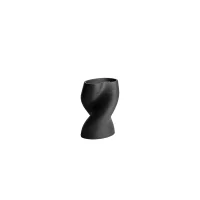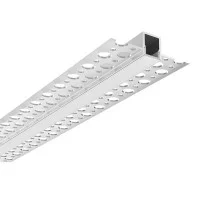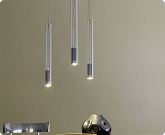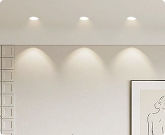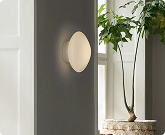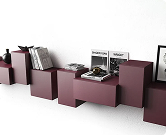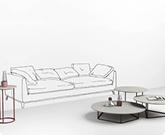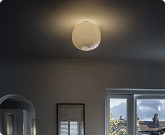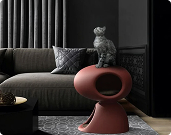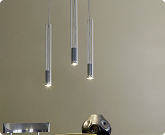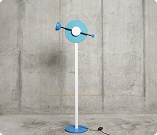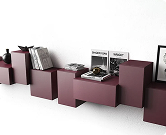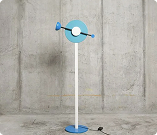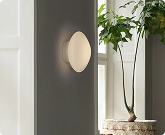Infrared radiant heating: the turning point
Imagine a soft, even warmth wrapping around you, just like the sun on a winter day. No forced air movement, no noise, no dust being lifted into the air. Just a pleasant sense of well-being spreading gently throughout the room. This is the principle behind infrared radiant heating, a technology that in recent years has been transforming comfort in both residential and professional spaces.
So if you’re considering a heating system that’s more efficient, cleaner and more sustainable, infrared may be the ideal solution.
What infrared heating is and why it’s different from other systems

Infrared heating works by emitting low-frequency electromagnetic waves, similar to the sun. Unlike traditional convection systems, which heat the air, infrared warms surfaces, objects and people directly. It’s a completely different way of perceiving heat.
You don’t have to wait for the entire room to reach the right temperature: you feel the warmth instantly, as if it were a natural source touching you directly. This makes comfort quicker and more uniform, without cold spots, without heat loss and without that constant air circulation typical of traditional systems.
Infrared heating is also completely safe: it doesn’t emit UV rays, it doesn’t burn oxygen, it doesn’t alter humidity levels and it operates silently. All of this makes it an ideal technology not only from an energy-efficiency perspective but also for your everyday well-being.
How infrared heating works

The way it works is simple and surprisingly natural. A panel or device emits long-wave infrared rays, invisible to the eye, which travel through the space and reach surfaces such as walls, floors, furniture or your own body.
These elements absorb the energy and then slowly release it as heat, creating a stable and comfortable environment. This process offers two major advantages: on one hand it reduces heat dispersion, because the warmth “stays” in the structures and objects; on the other, it offers a more pleasant, dry thermal sensation, without that heavy feeling often associated with traditional systems.
It’s a type of heat that doesn’t suffocate, doesn’t circulate, doesn’t create drafts: it simply radiates.
Where it can be used and what it’s truly useful for
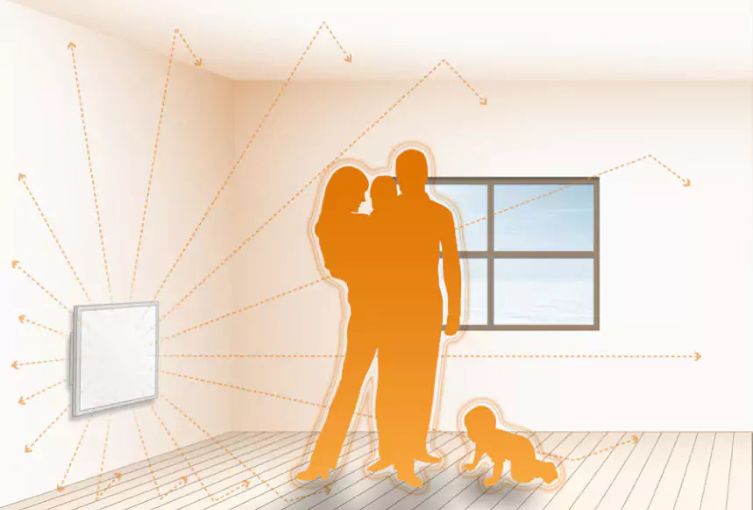
Infrared heating is incredibly versatile. It can be installed in homes, offices, commercial spaces, bathrooms, basements or attic rooms, and even in covered outdoor areas such as verandas and terraces. Its ability to heat surfaces makes it particularly useful for addressing humidity and mold problems, as it naturally dries walls.
In the home, you can use it as your main heating system or as an additional source of warmth—for example in a particularly cold room or in a bathroom you want to make more comfortable. In work environments, it’s highly appreciated because it doesn’t move dust, making it ideal for people with allergies, clean workspaces or large warehouses where warm air disperses quickly.
Outdoors, it’s perfect for creating localized warm areas without needing to heat the entire space, significantly reducing energy consumption. It’s a system that adapts to your lifestyle, your rooms and your needs, without complex installations and with zero maintenance.
What it can replace and why it’s often a better choice
Infrared heating can replace several traditional systems, especially forced-air convection solutions like electric space heaters, electric radiators and gas heating. The reason is simple: these systems rely on heating the air, which naturally rises and disperses. Infrared, by contrast, directs heat exactly where it’s needed, without waste and with much higher energy efficiency.
Compared to classic radiators, there are no pipes, boilers or fuel required. Compared to heat-pump air conditioners, it doesn’t generate airflow, which can be uncomfortable during long periods of use. It’s a technology that offers uncompromised comfort, reduced consumption and a more modern, responsible approach to heating.
The environments where this technology works best
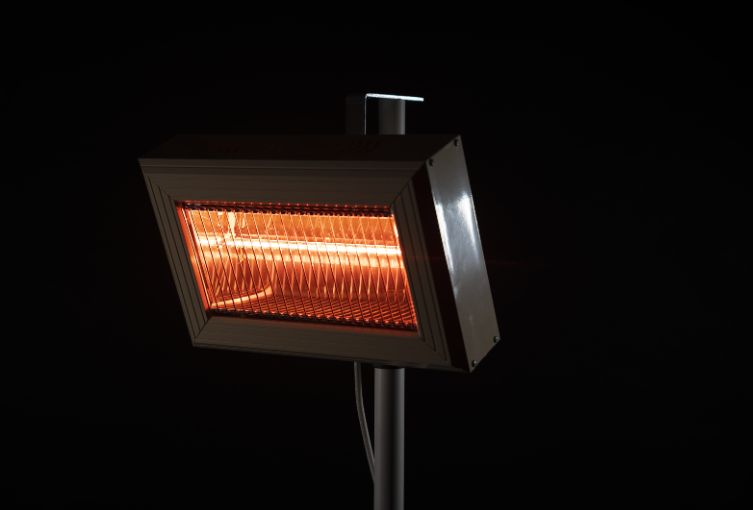
Infrared performs at its best in well-insulated rooms, where it can keep temperatures stable and deliver significant energy savings. It’s perfect for modern homes, open-plan layouts, offices and professional studios.
Spaces affected by humidity benefit greatly as well: the radiation dries the walls and prevents condensation buildup, improving air quality and reducing maintenance needs. If you have areas you use only a few hours a day—like a study room or a basement—infrared heating is ideal: it activates quickly and provides instant warmth without needing to heat the entire home.
Disadvantages of infrared heating and costs
Infrared panels may require a significant initial investment; a complete system for a medium-to-large home can cost several thousand euros depending on the number and type of panels, and the same applies to installation. Keep in mind that infrared systems run on electricity, which can be more or less expensive depending on the local energy market.
So make sure you consider all these factors before making a decision.
In conclusion infrared heating isn’t just an innovative technology: it’s a completely new way of living your spaces—more natural, cleaner and more efficient. It allows you to create comfortable environments with lower energy consumption, without noise, without waste and without complicated installations. If you’re thinking about improving the comfort of your home or workspace, this may be the perfect solution for you.
Discover how infrared heating can transform your way of experiencing warmth and contact Diffusione Luce
to receive personalized advice on the best options for your spaces.
Written by Alice Pruccoli
Share this content


